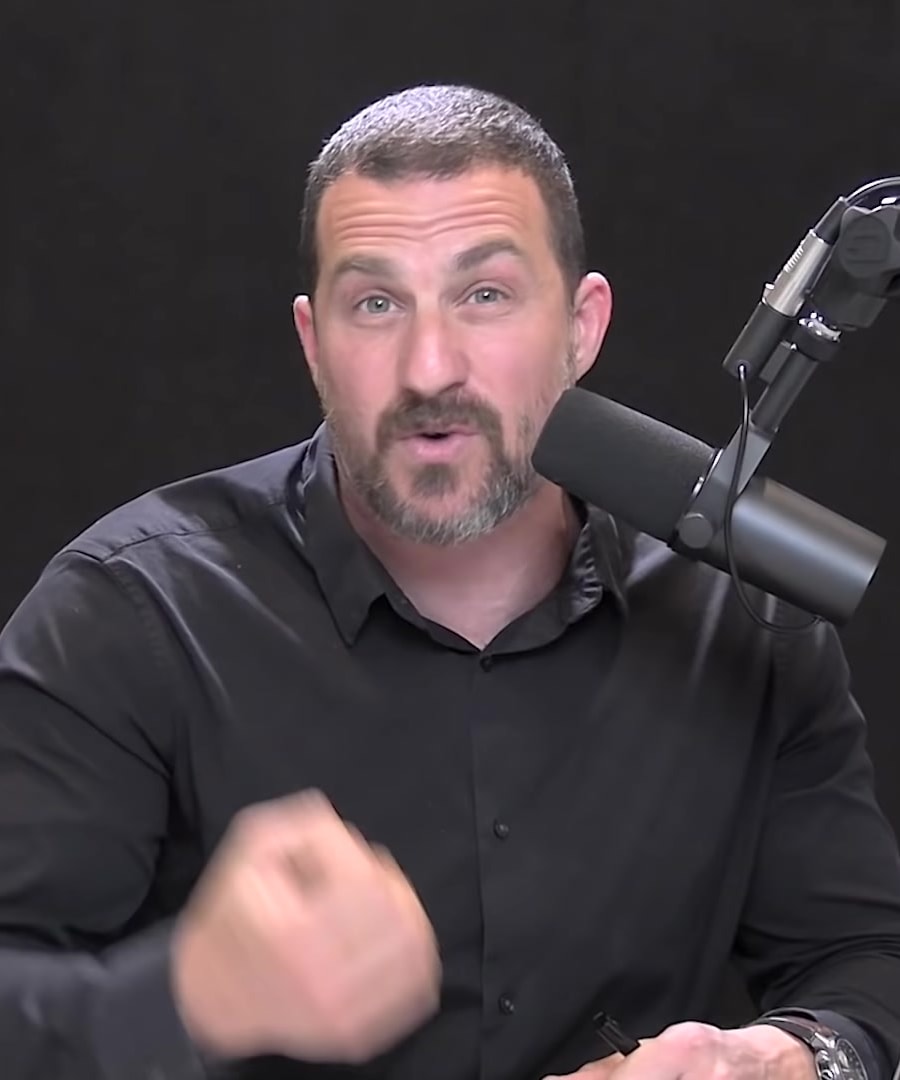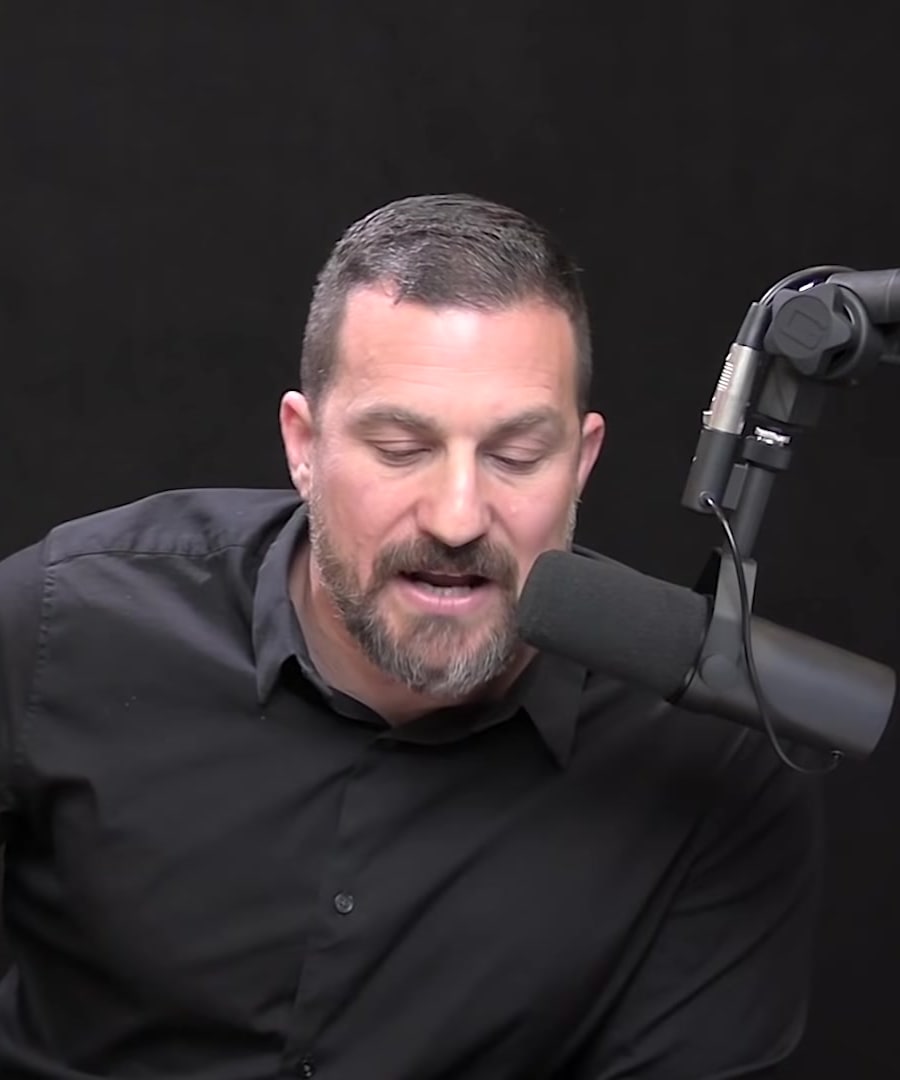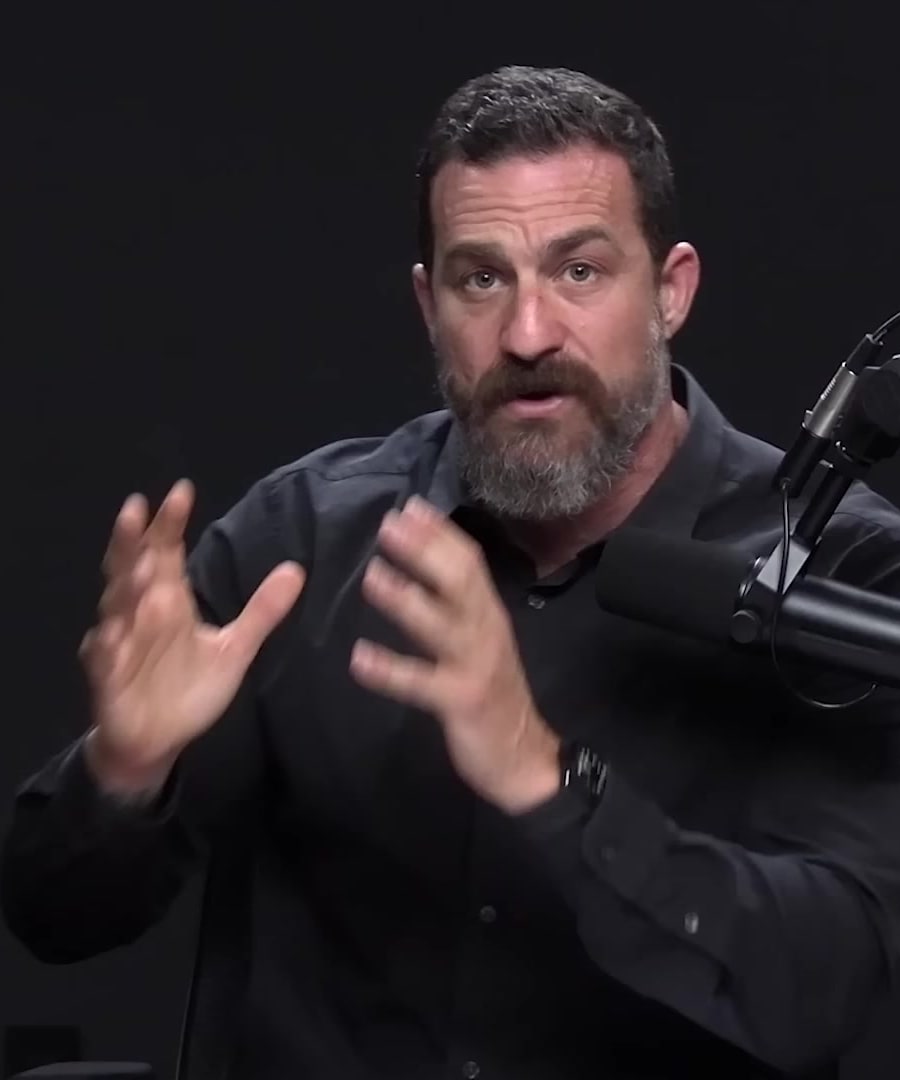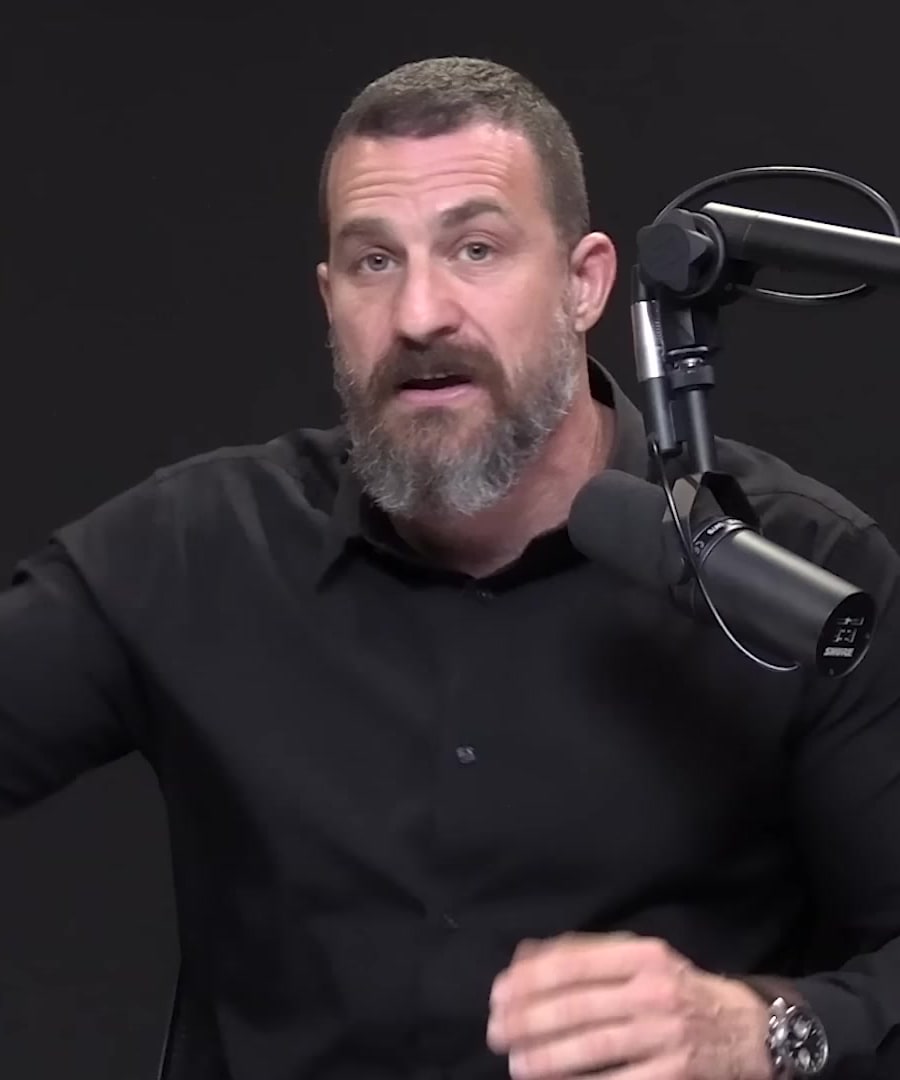How do motor neurons control movement?
Sources:
Motor neurons control movement through a hierarchical system involving both central and peripheral processes.
-
Lower Motor Neurons: These are located in the spinal cord and directly communicate with the muscles. They send electrical signals via axons to muscle fibers, which release the neurotransmitter acetylcholine to cause muscle contraction 1 2.
-
Upper Motor Neurons: Located in the motor cortex in the brain, these neurons send signals to the lower motor neurons to initiate specific, deliberate actions, such as making a cup of coffee or performing complex motor tasks 2.
-
Central Pattern Generators (CPGs): These are neural networks located in the brainstem and spinal cord responsible for generating rhythmic patterns of movement, like walking or breathing. CPGs ensure that repetitive actions are carried out smoothly and without conscious effort 2 3.
Motor control involves linking sensory input with motor output. Sensory neurons respond to external stimuli and modulate the activity of motor neurons, while modulatory neurons adjust this interaction, allowing us to respond appropriately based on the context 4. This elaborate system of motor neurons ensures our muscles can perform both automatic and intentional movements effectively.
RELATED QUESTIONS-



